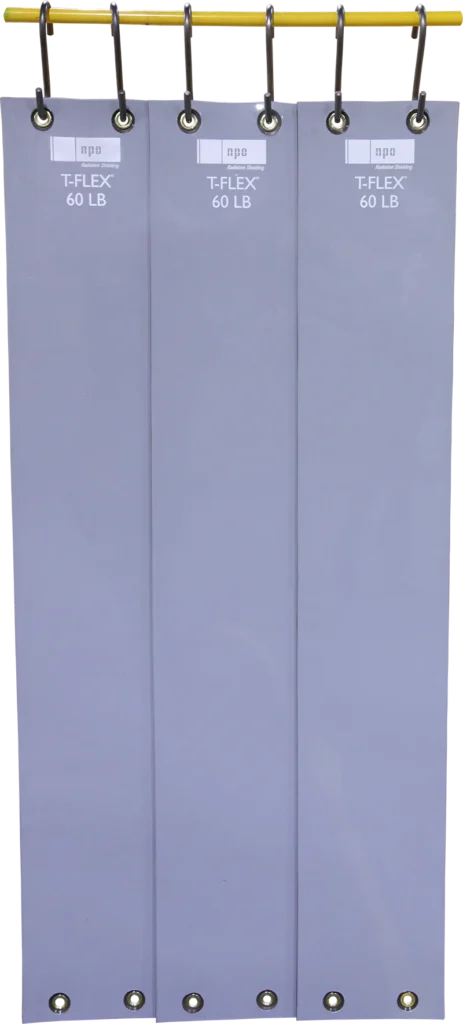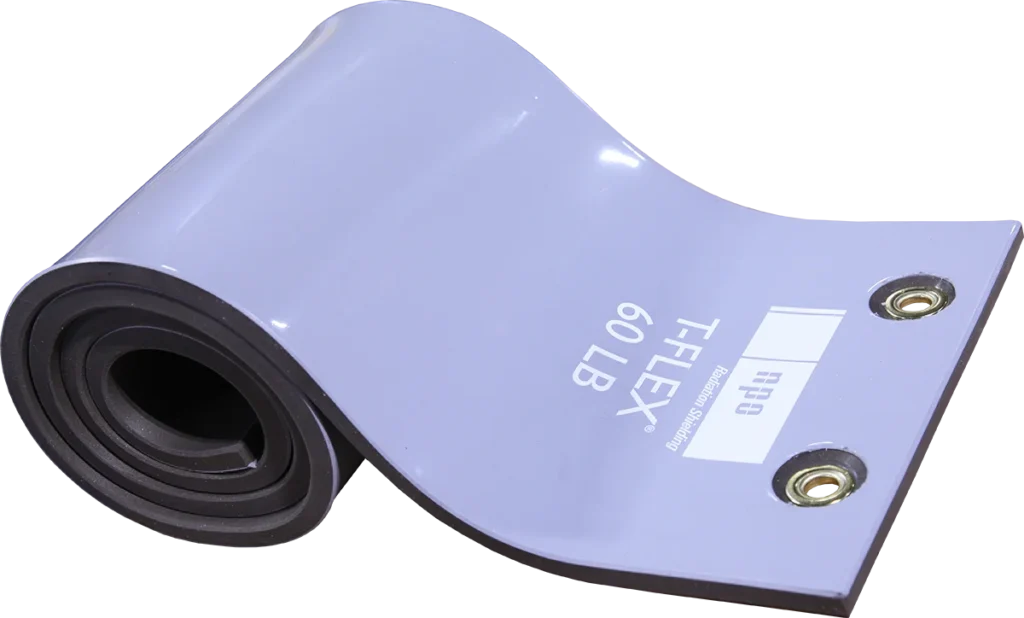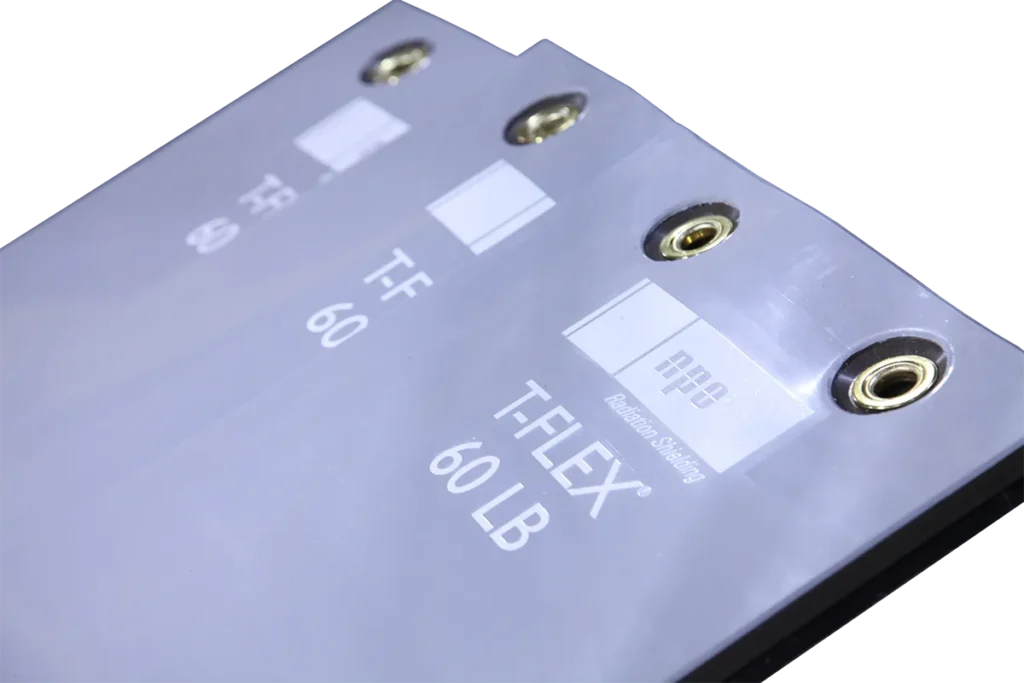


How many lead wool blankets does your site deploy every outage? Despite best efforts, do your lead blankets look sloppy while draped over pipes and hot spots or seem mashed and bent around corners and tight spaces? How long have they been there? How are they handling the use and abuse?
Lead wool blankets, while effective and affordable, are an old shielding technology. Lead remains, of course, an excellent radiation shielding material, but its hazardous and unwieldy nature lends itself much better to rigid shielding solutions such as stationary walls and casks. NPO T-Flex® Blankets are a direct replacement for and a lead-free alternative to, traditional lead wool blankets. Here are some reasons to replace your lead wool blankets with T-Flex® Blankets.
- The silicone rubber base makes T-Flex® Blankets highly flexible, and extremely pliable, much more so than the PVC covers of lead wool blankets. The lack of PVC and sealed edges makes T-Flex® Blankets much easier on the hands as well.
- The silicone rubber offers better resistance to elevated temperatures, making it safe for continuous use up to 350°F (177°C)
- T-Flex® Blankets contain no toxic materials or the storage, handling, and disposal burdens that go along with them.
- The homogenous mixture of T-Flex® is impermeable to liquids and does not separate over time like lead wool can.
- Brass grommets are spaced 6” (152 mm) apart, same as traditional lead blankets. This allows T-Flex® Blankets to be 1:1 compatible with existing shielding structures and procedures.
- Grommets are recessed below the shielding surface, making for easy maneuverability on to hooks, bolts, and cable ties and results in fewer trapped contaminants.
- Enhancements in manufacturing technology has narrowed the price gap between lead and non-lead blankets.
- Also, of note, other non-lead shielding blankets contain a blend of attenuating materials that includes Iron, but NPO does not. NPO T-Flex® Blankets use only Bismuth as the attenuating material due to its superior performance. Iron shielding has much higher Compton scattering, resulting in a significantly lower reduction in gamma dose when comparing iron shielding vs. an equal mass of bismuth shielding.
Our standard sizes are listed below, and NPO can also create custom designed blankets for more specific needs.
| Part Number | Description |
| T83BLKT12X36X42 | T-Flex® Bismuth Blanket 12″ x 36″ (305 mm x 914 mm), 10 lb/ft² (49 kg/m²) Density Approximate Weight: 30 lb (14 kg) |
| T83BLKT12X36X63 | T-Flex® Bismuth Blanket 12″ x 36″ (305 mm x 914 mm), 15 lb/ft² (73 kg/m²) Density Approximate Weight: 45 lb (20 kg) |
| T83BLKT12X48X42 | T-Flex® Bismuth Blanket 12″ x 48″ (305 mm x 1219 mm), 10 lb/ft² (49 kg/m²) Density Approximate Weight: 40 lb (18 kg) |
| T83BLKT12X48X63 | T-Flex® Bismuth Blanket 12″ x 48″ (305 mm x 1219 mm), 15 lb/ft² (73 kg/m²) Density Approximate Weight: 60 lb (27 kg) |